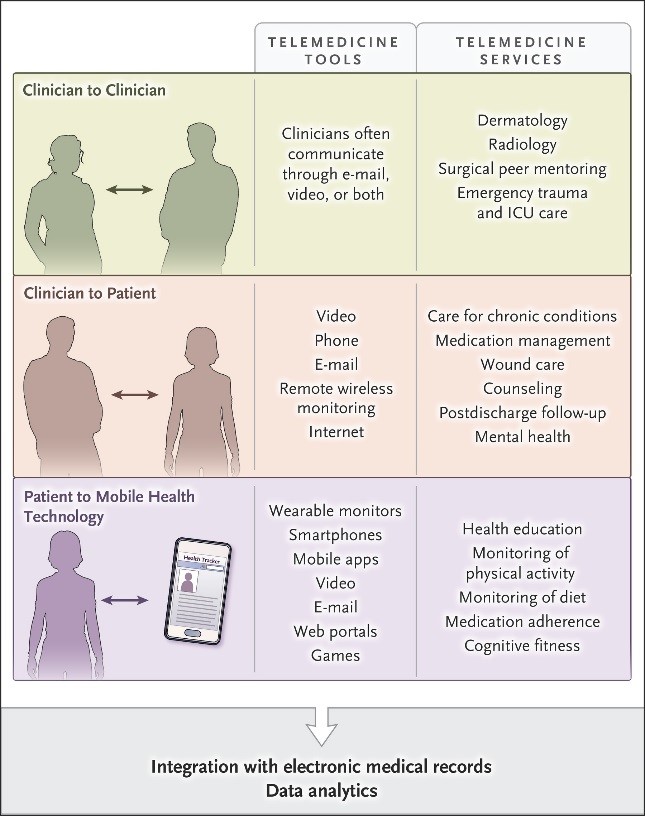Medical & Healthcare
Research Methodology
- Continued growth of Telehealth and Privacy concerns
- Rise Of The Nurse Navigator
- Difference between direct primary care and concierge medicine
- Stem Cell Technology
- Multiple Chronic Condition Research Network
- Wearables Support Bedside Care and Remote Patient Monitoring
- Telehealth Platform Enable Secure Connections from Anywhere
- Mobile Workstations offer more Seamless Care
- Quality Assurance in Nursing
- Decentralized Approach to Care Management
- New Insights into Complex Role of Mitochondria in Parkinson’s disease
- Effects of Nutrition on IBS Essay
Continued Growth OF Telehealth and Privacy Concerns
Beyond primary care, telehealth includes a wider variety of remote health-care programmes, such as education, patient registry access to medical records, and administrative resources. Telemedicine is a term that is often used to describe medical treatment. Telehealth suppliers and app developers are projected to grow as patients and physicians become more interested in telehealth.
Teehealth providers may differentiate themselves from competitors in a number of ways, including how they communicate with telehealth organisations (e.g., audio-only, visual capability), as well as when and how users can access the system . The privacy concerns or risks associated with telehealth use are the same as those associated with the use of other Protected Health Information (PHI), as established by HIPAA and amended by the Health Information Technology for Economic and Clinical Health (HITECH) Act of 2009. In the future, the use of telehealth in the physician-patient relationship will continue to grow. If telehealth vendors incorporate new features to increase their usability and accessibility, it’s important to note the increased level of privacy security and surveillance risks that come with these advancements .

Fig1. How Doctors Use Telemedicine and How Patients Benefit[1].
